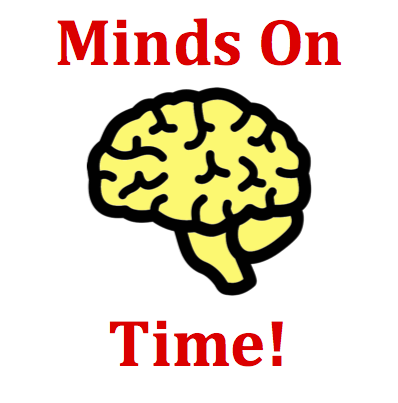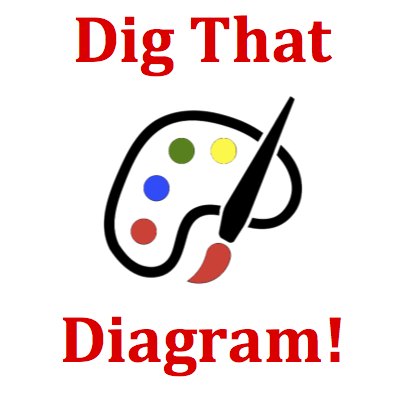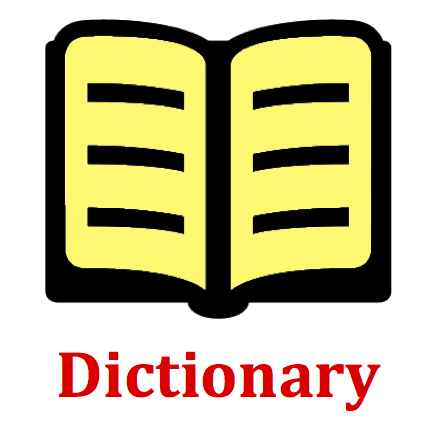Hold down the T key for 3 seconds to activate the audio accessibility mode, at which point you can click the K key to pause and resume audio. Useful for the Check Your Understanding and See Answers.
Mission WM4 Wavelength-Frequency-Speed Relationship - Question Group 5 Help

A wave is created in an elastic rope. The diagram below represents a snapshot of the wave at a given instant of time. The distance from point A to points B and C are given. Point A on the wave moves to the position of point B in 0.50 seconds. Determine the wavelength (in meters), frequency (in Hertz), and speed (in meters/second) of this wave.
(Note: Your numbers are randomized numbers and likely different from the numbers listed here.)

While this question is a difficult question, it is not because of a series of difficult mathematical operations. The mathematics of the question involves straightforward multiplication and/or division. The difficulty of the question lies in the plotting of a strategy to get from known information to the unknown information. And plotting a strategy means using your noodle - it's minds-on time.
The strategy centers around the wave equation: v = f•W. If two of the three quantities in the wave equation can be determined, then the third quantity can be calculated. The diagram will be helpful in determining two of the quantities (see Dig That Diagram section). Once the two quantities are determined, the third can be calculated and you will be on your way to the next question.

Suppose you and a friend held two ends of a long rope and stood several feet apart. Then you shook several complete waves into the rope which would begin traveling from your end to your friend's end. The diagram would represent the shape of the rope at some instant in time. The distance from A to B (or C on some questions) and the time for the wave to travel from A to B are sufficient information to determine the speed of the wave (see Formula Frenzy section). The distance from A to C (or B on some questions) represents a whole number of wavelengths. Knowing the definition of wavelength (see Define Help section), you could equate this distance with 2•W or 3•W or 4•W and solve for the wavelength (W).

The wave speed refers to the distance traveled by a point on the wave pattern per unit of time. It is often measured in units such as meters/second and describes how fast the wave is moving through the medium.
Definition of Wavelength:
The wavelength of a wave is the length of the wave or repeating wave segment. It is often (but not always) measured as the distance from crest to crest.

The speed (v) of a wave can also be related to the wavelength (W) and the frequency (f) of the wave. The formula is:
v = f • W
